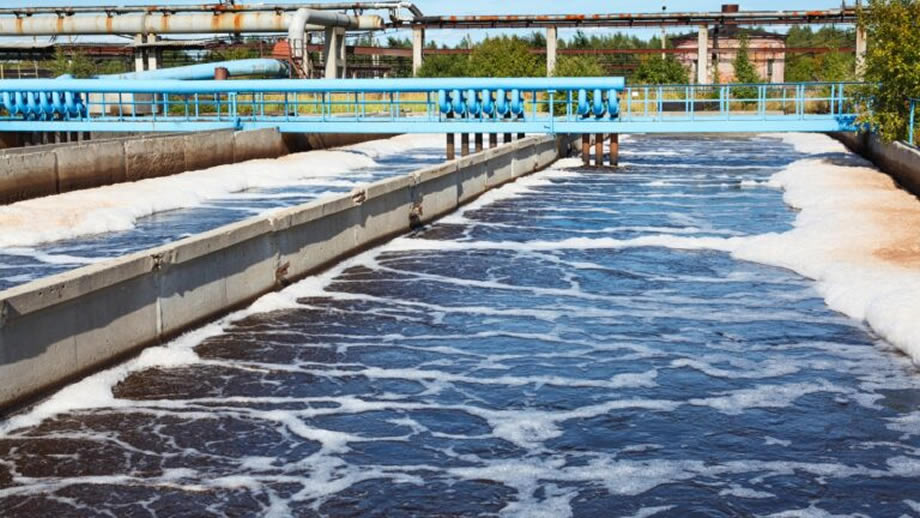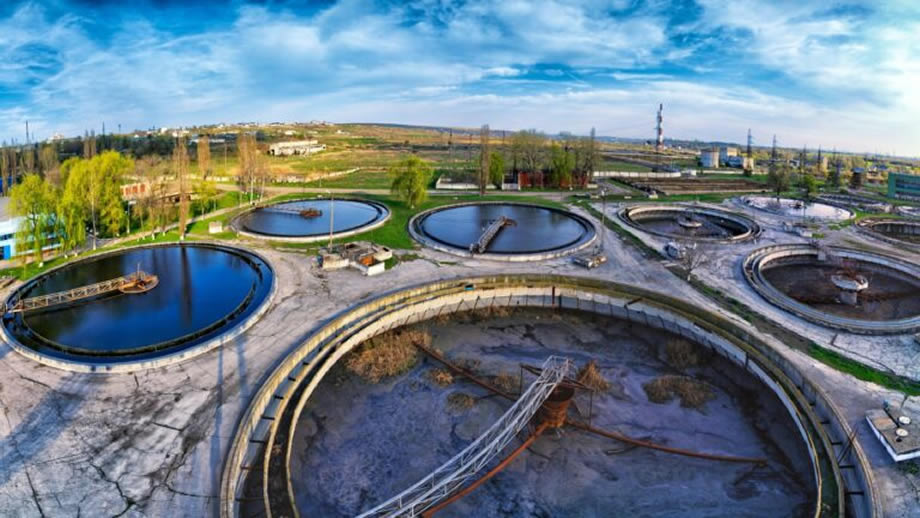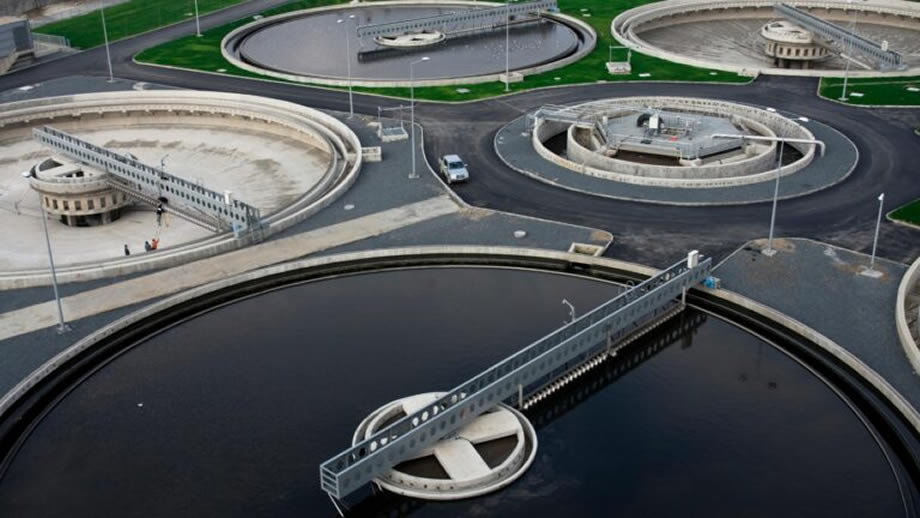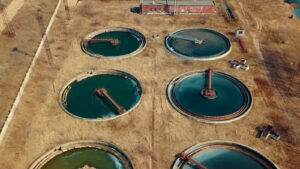The debate on whether septic tanks should be adopted over wastewater or sewage treatment plants is popular. It is specifically a question worth asking for property managers with an off-mains drainage system. Both forms of wastewater treatment have been widely adopted in Australia. This blog will explain everything you need to know about septic tanks and wastewater treatment plants.
What Are Septic Tanks?

Septic tanks are a common non-main solution when investing in private drainage. In other words, ‘unsewered’ developments in Australia use septic tanks to treat and dispose of sewage/wastewater. There are two types of septic tanks. One form has been used in Western Australia since 1989 throughout many households with one leach drain or two sets of soak wells. The other, sometimes regarded as the most standard septic tank, is a 1600L tank with a concrete lid with two inspection openings and one larger manhole opening.
Both types of septic tanks are used to treat greywater sent from sinks, showers and washing machines and blackwater from toilets. The collected wastewater passes through septic, a series of tanks whereby heavy solids sink to the bottom, and bacterial digestion occurs. It afterwards undergoes secondary treatment to remove the residual waste further. Other materials like grease and oil float to form a crust over the liquid. The effluent, which refers to the remaining liquid that requires pumping out, flows from the tank into the drainage receptacles, soaking into the soil. Inside it, the wastewater undergoes a natural treatment process.
How is this Different from a Wastewater Treatment Plant?

Wastewater treatment plants are more sophisticated. It is mostly used at a city, council or state level, whereby water is provided to all citizens in a given region through the wastewater plant in question. A few similarities exist between a wastewater treatment system and a septic system. For instance, both treat the wastewater using beneficial bacteria breakdown and digest its waste. They both also require constant maintenance to ensure the assets are healthy and in working condition. Ensuring the sludge is removed or pumped out when it reaches a certain level is moreover an essential feature in both systems.
The two wastewater treatment plants can be vastly different. For instance, wastewater treatment plants require electrical power to operate, whereas septic systems do not. In that sense, the overall costs can be more expensive as it requires a more powerful maintenance system. While both systems use beneficial bacteria, septic systems exclusively use anaerobic ones, while a typical wastewater system could use aerobic and anaerobic. As a result, wastewater treatment plants guarantee higher quality effluent, which can be used above or below ground, whereas septic tanks, as mentioned in the previous section, can only pass their effluent via an underground system.
Why Choose One Over the Other?

- Septic systems require less or little to no power. Since sewage plants have mechanical components, a permanent electrical supply is needed to function.
- Septic systems are primarily used in places that do not use water much. Hence, holiday homes, remote country fire authorities, or rural fire brigade depots, which only include handwashing and toilet facilities that are not used as much, are advised to choose a septic tank over a treatment plant.
- Septic tanks cannot be installed in coastal areas or water catchment areas as the effluent could pollute freshwater bodies by making its way to the affluent estuary, river etc.
- Septic tanks should be avoided if the property is rocky.
- The focus of the treatment is to treat the waste, making the effluent comparatively safer, whereas the focus of a septic tank is to separate it. This is why there is no rule directed at treatment plants demarcating that it cannot be installed near a coastal area.
- Where a septic tank is built in a property, note that the size of the property matters. The leach drain area, which is extremely important in a septic tank, requires quite a lot of space to be implemented. Hence, any property less than 8,000m2 cannot install a septic tank.
- For larger areas, wastewater treatment plants are more reliable as the use of aquifers will ensure the wastewater is not mixed with drinking or cooking water. It, in other words, ensures the untreated septic effluent does not infiltrate clean water used for human purposes.
- Note that all areas in Australia can choose between a septic tank and a wastewater treatment plant. Certain Municipality councils will demand that all waste be treated using a water treatment plant due to the possible ways a septic tank can breach treatment principles.
- The effluent generated by septic plants cannot be reused to water grass and gardens.
What Should You Adopt, Then?
There is no clear answer as to what should be implemented. While a water treatment plant offers more advantages, it may not be the most suitable for all managers, considering the costs that must be incurred. In essence, multiple factors must be considered before making a decision. From looking at the legal rules, to your financial status, property location, permit requirement and others, choose the treatment system most effective for you.







